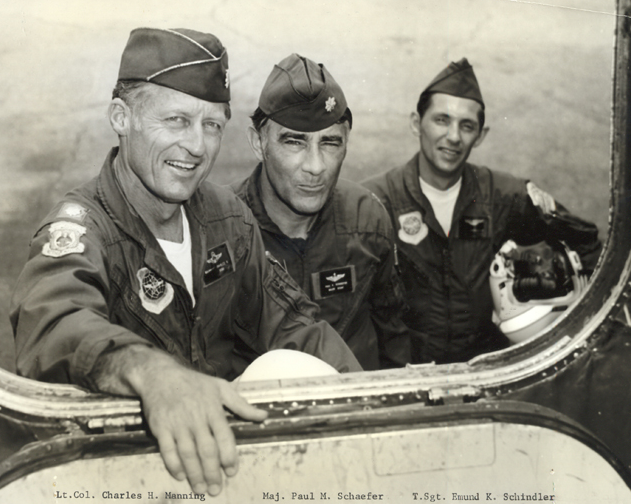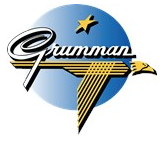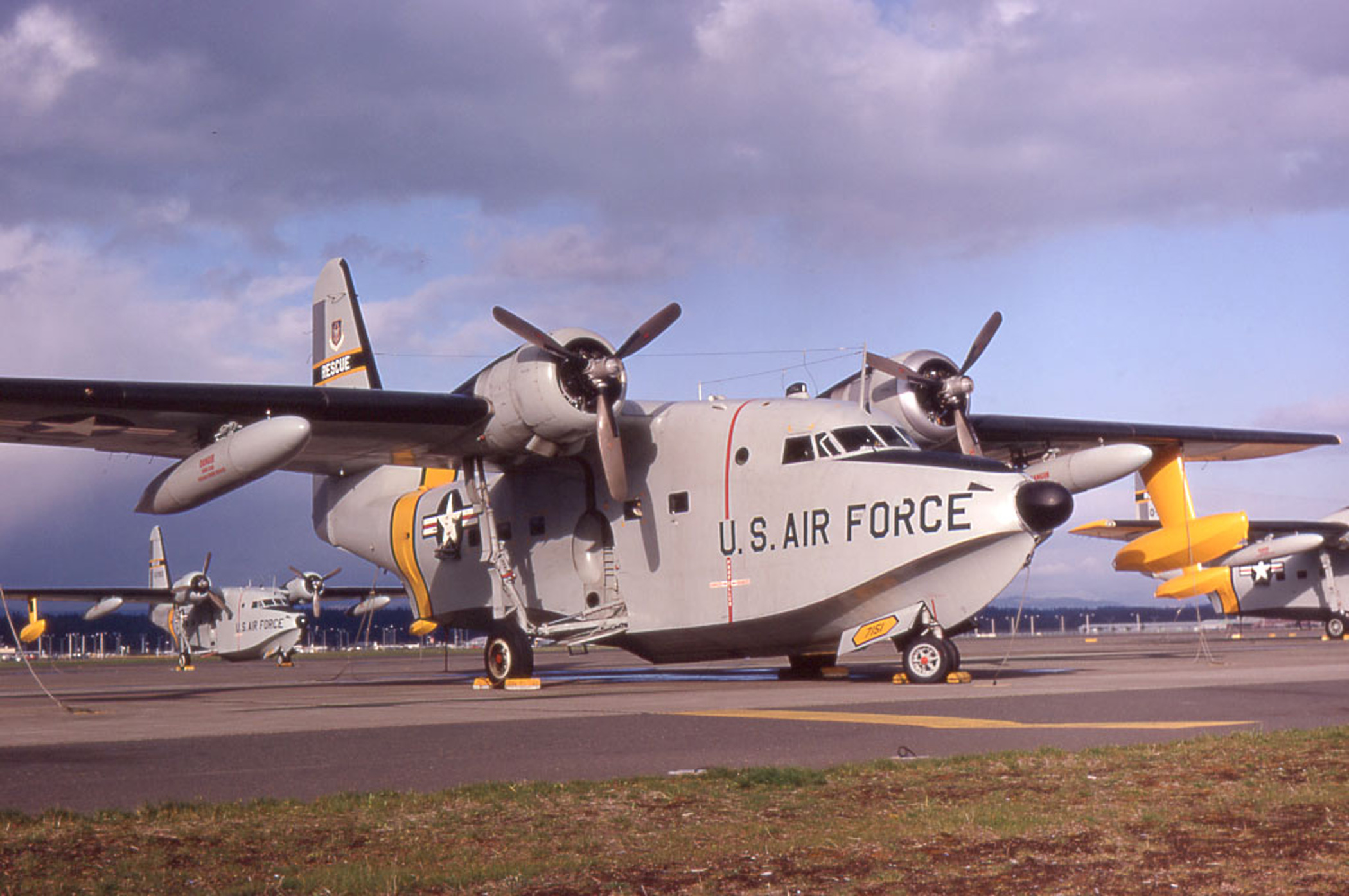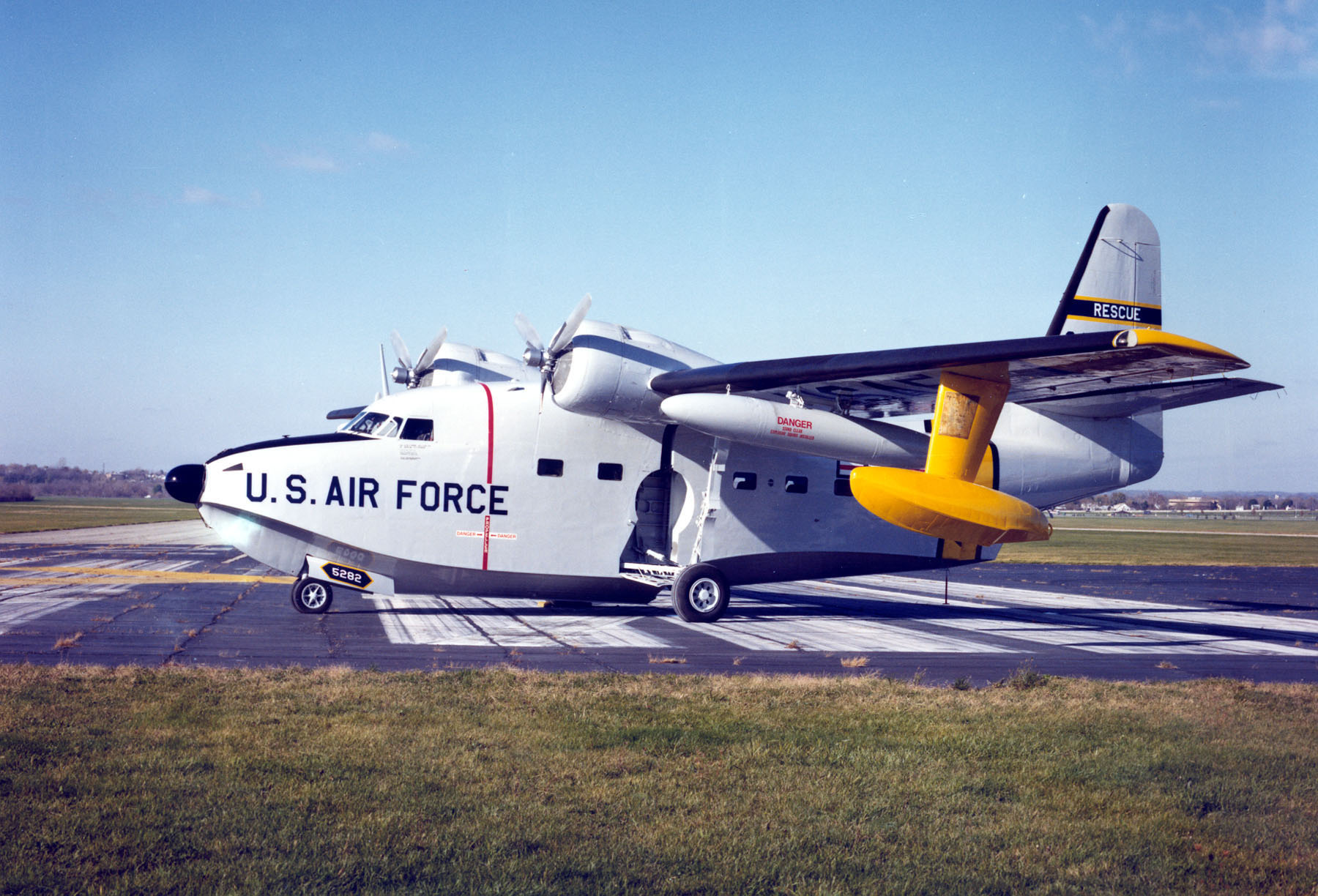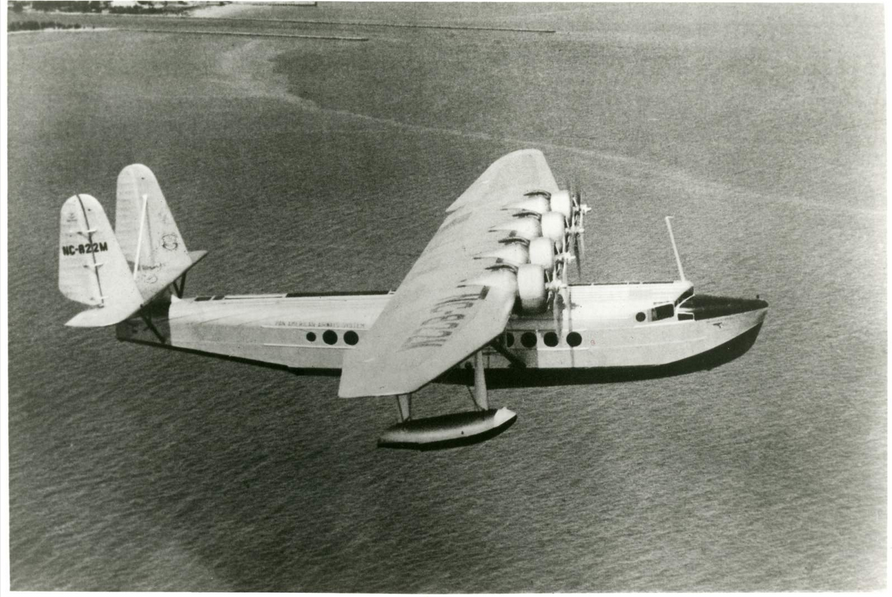
30 March 1934: At Bridgeport, Connecticut, Sikorsky Aircraft Company test pilot Boris Vasilievich Sergievsky made the first flight of the prototype Sikorsky S-42, a large, four-engine flying boat which had been designed for long range passenger and cargo flights.
In discussions with Igor Sikorsky, Charles A. Lindbergh, acting as technical advisor to Pan American Airways System, the two aviation icons established the specifications for a new flying boat. The new airplane would be a significant improvement over Sikorky’s previous S-40.
The Hartford Courant reported:
New Giant Sikorsky Tries Its Wings
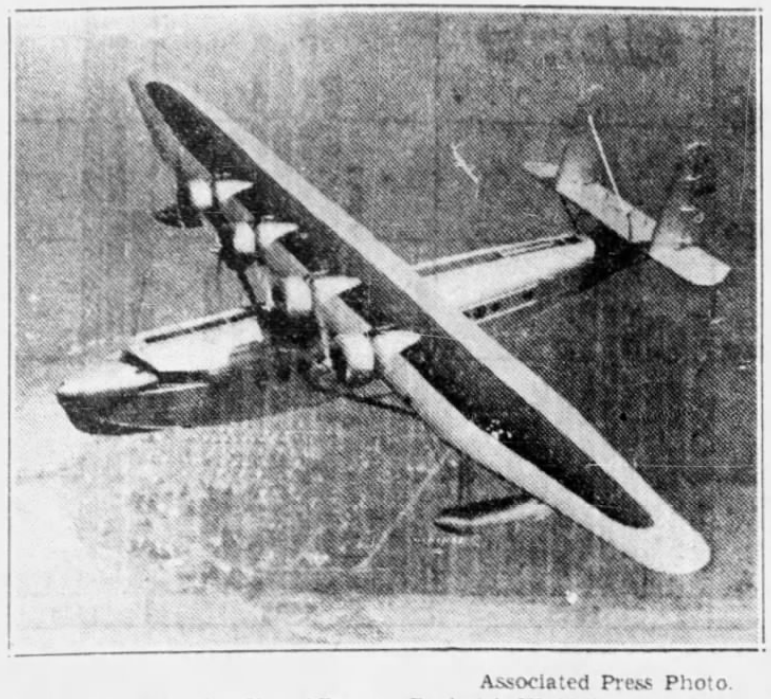
Bridgeport. March 30.—(AP)—America’s greatest passenger plane, the S-42, destined for the South American service, took to the air for the first time and passed two test flights with flying colors.
Once for 10 minutes, and again for a longer period, the giant flying boat hovered over Long Island Sound and its shore. Captain Boris Sergievsky, accompanied only by a lone mechanic, was at the controls.
“Congratulations, sir,” Igor Sikorsky, designer of the plane, hailed the pilot as he came ashore after the flights.
“The congratulations,” Captain Sergievsky replied, “are yours, sir.”
“I am very pleased with the results,” Sikorsky said. “It was most thrilling to see the ship take off. Everything seems excellent.”
Frederick W. Neilsen, president of the Sikorsky Aviation Corporation, who watched the flights with Sikorsky and hundreds of residents of Bridgeport and shore towns, said, “The tests were most successful and we are all pleased.”
The ship, built for Pan American Airways on specifications by Colonel Charles A. Lindbergh, technical advisor for the line, is the first of six such planes to be completed for Pan American.
Powered with four engines, it is 76 feet long, has a span of 114 feet 2 inches, and a gross weight of 38,000 pounds. It will be fitted with 32 passenger seats, and will have a non-stop range of 1200 miles with a full complement of passengers, five members of the crew and 1000 pounds of mail.
—The Hartford Courant, Vol. XCVII, Saturday, 31 March 1934, Page 18, Columns 4 and 5
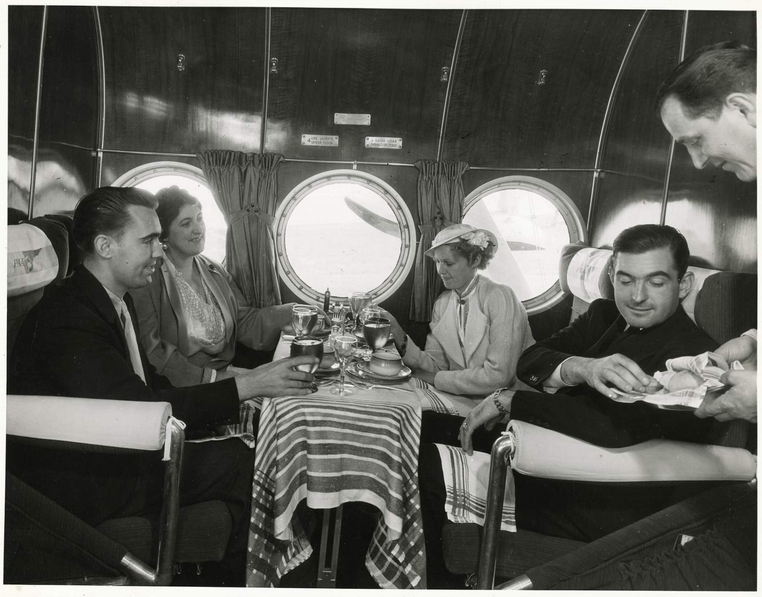

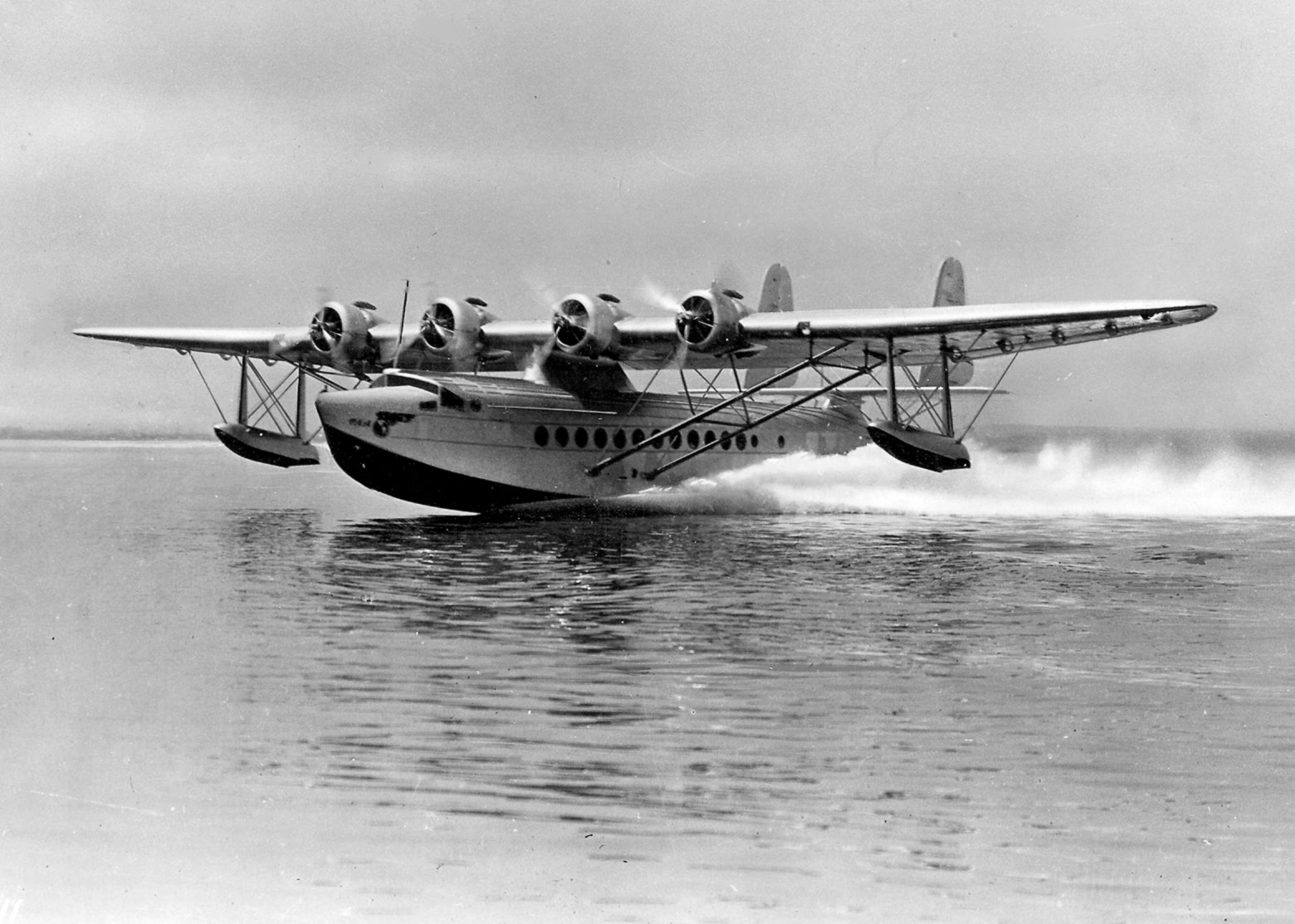


The S-42 had a cruise speed 165 miles per hour (266 kilometers per hour) and maximum speed of 188 miles per hour (303 kilometers per hour) at 5,000 feet (1,524 meters). The service ceiling was 16,000 feet (4,877 meters). It could maintain 7,500 feet (2,286 meters) with three engines. Its range was 1,930 miles (3,106 kilometers).
During flight testing of the S-42, Boris Sergievsky, with co-pilot Raymond B. Quick, set three Fédération Aéronautique Internationale world records for payload and altitude.¹ Later, Captain Edwin Musick, with Sergievsky and Charles Lindbergh, flew the S-42 to set eight Fédération Aéronautique Internationale world records for speed.²
Ten Sikorsky S-42, S-42A and S-42B flying boats were built for Pan Am. None remain in existence.

¹ 26 April 1934 FAI Record File Numbers: 11583: Greatest load to 2,000 meters (6,562 feet): 7,533 kilograms (16,652 pounds). 17 May 1934: 11582 and 11978: Altitude with a 5,000 Kilogram (11,023 pounds) Load, 6,220 meters (20,407 feet).
² 1 April 1934 FAI Record File Numbers: 11517: Speed over a closed circuit of 1,000 Kilometers (621.3 statute miles), 253,60 km/h (157.58 m.p.h.); 11518: . . . with a 500 Kilogram (1,102 pounds) Payload, 253,60 km/h (157.58 m.p.h.); 11519: . . . with a 1,000 Kilogram (2,205 pounds) Payload, 253,60 km/h (157.58 m.p.h.); 11520: . . . with a 2,000 kilogram (4,409 pounds) Payload, 253,60 km/h (157.58 m.p.h.); 11521: Speed over a closed circuit of 2,000 Kilometers (1,242.7 statute miles), 253,18 km/h (157.32 m.p.h); 11522: . . . with a 500 Kilogram Payload, 253,18 km/h (157.32 m.p.h.); 11523: . . . with a 1,000 Kilogram Payload, 253,18 km/h (157.32 m.p.h.); 11524: . . . with a 2,000 Kilogram Payload, 253,18 km/h (157.32 m.p.h.).
© 2019, Bryan R. Swopes
